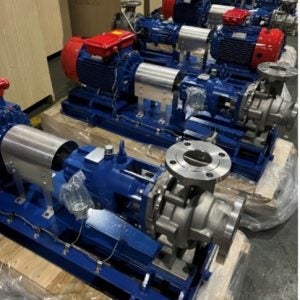
Argentinian nuclear reactor Atucha II has been renamed after the former president of Argentina, Néstor Kirchner, on 29 May 2014. At the same time, the nuclear regulatory agency granted the plant an operating licence, which enabled the plant to be filled with heavy water (D2O) coolant and moderator, according to a report from newspaper Tiempo Argentino.
The reactor reached full criticality on 3 June 2014, according to the reactor’s record (under its old name) on the IAEA Power Reactor Information System (PRIS). That date was changed from 2 May, the date given for first criticality one month ago. No explanation has been given about the confusion.
On PRIS, the reactor’s gross capacity is given as 745 MWe gross, thermal capacity as 2160 MWt, and reference unit power 692 MWe (net).
Argentina’s planning minister Julio de Vido was quoted as saying that in less than 60 days the reactor would be connected to the grid and generating at 30% power.
Atucha I was also renamed Juan Domingo Perón after the popular president whose first wife was known as Evita Perón.
Construction of Atucha II, a German KWU-designed reactor, began in 1981, but fizzled out in the 1990s. It was restarted in 2006 as part of a $3.5 billion project (that also included Embalse and Atucha 1 life extensions), according to the World Nuclear Association.
The reactor is a unique design: heavy-water cooled, heavy-water moderated, but occurring not in a horizontal calandria like Canadian PHWRs, but in a vertical reactor pressure vessel. This huge 8m-diameter vessel holds 451 natural (unenriched) UO2 fuel assemblies that are fed through penetrations in the vessel head.
WNA reported that fuel loading began in December 2012.
Story updated 05/06/2014 to reflect new date for criticality and name changes
Photo: Atucha nuclear site in Argentina. (Source: Nucleoelectrica Argentina)






